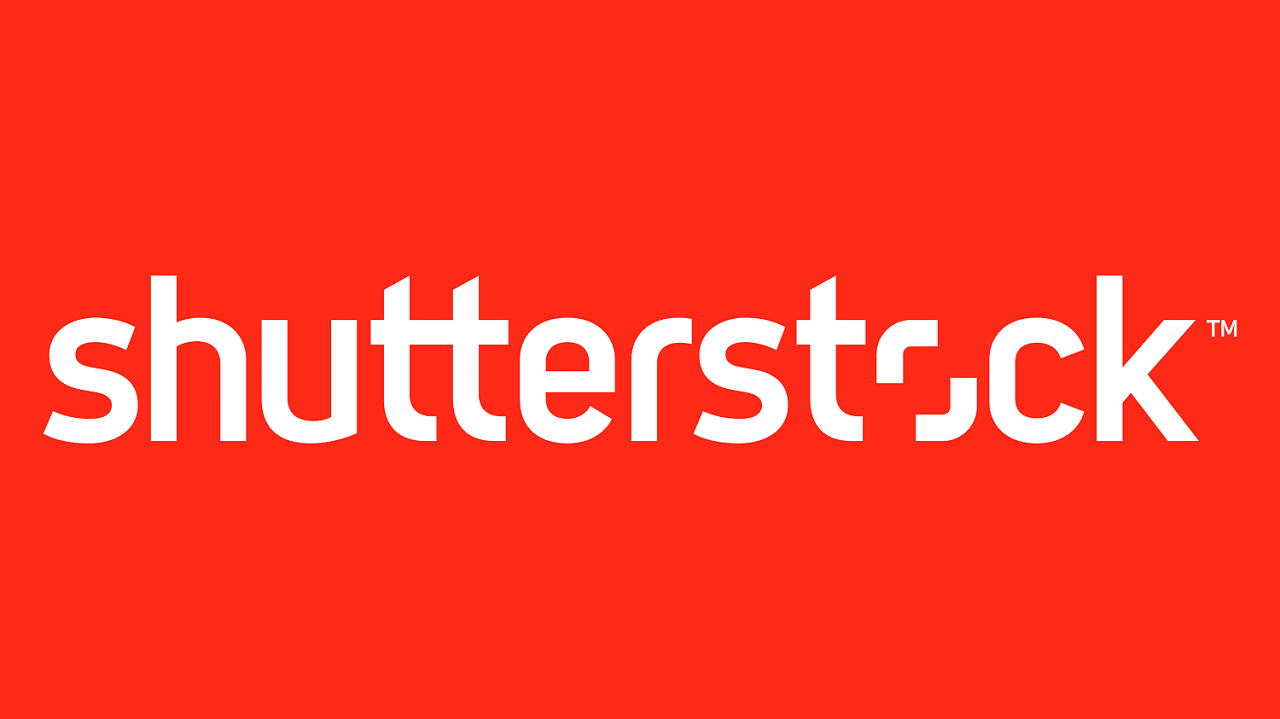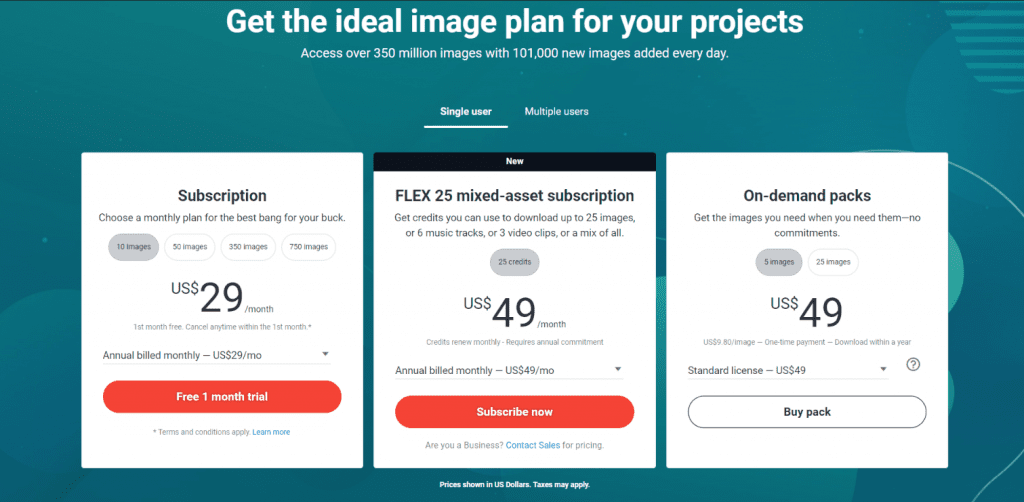Introduction
Welcome to our guide on maximizing your earnings by selling images on Shutterstock! If you're a photographer, illustrator, or graphic designer looking to monetize your creativity, Shutterstock offers an excellent platform to showcase and sell your work. In this blog post, we'll explore how you can leverage Shutterstock to boost your earnings and reach a wider audience.
Also Read This: Tips for Accessing Shutterstock for Free
Understanding Shutterstock

Before diving into the nitty-gritty of selling on Shutterstock, it's essential to understand what Shutterstock is and how it operates. Shutterstock is one of the largest online marketplaces for stock images, videos, music, and other digital assets. It connects content creators with buyers from around the world, providing a platform for artists to showcase their work and earn money through licensing.
Shutterstock offers a vast library of high-quality images and other multimedia content, catering to diverse needs across industries such as advertising, publishing, design, and media. Whether you're a professional photographer, a hobbyist, or a digital artist, Shutterstock provides opportunities to monetize your creations and gain exposure on a global scale.
Also Read This: How to Receive Payments from Shutterstock and Manage Your Finances
Getting Started: How to Sell on Shutterstock

Selling your images on Shutterstock is a straightforward process, but it requires careful attention to detail to maximize your earnings. Here's a step-by-step guide to help you get started:
- Create an Account: The first step is to sign up for a contributor account on Shutterstock. You can do this by visiting the Shutterstock website and clicking on the "Become a Contributor" button. Fill out the required information, including your personal details and payment preferences.
- Submit Your Content: Once your contributor account is set up, you can start uploading your images to Shutterstock. Before you upload, make sure your images meet Shutterstock's quality and content guidelines. This includes ensuring that your images are of high resolution, free from watermarks, and relevant to popular topics and themes.
- Add Keywords and Descriptions: To increase the visibility of your images on Shutterstock, it's essential to add relevant keywords and descriptions. Think about how buyers might search for your images and include descriptive keywords that accurately represent the content of your photos. The more accurately you describe your images, the more likely they are to be discovered by potential buyers.
- Submit for Review: Once you've uploaded your images and added keywords and descriptions, submit them for review by the Shutterstock team. They will review your submissions to ensure they meet quality and content standards. This process typically takes a few days, during which your images will be evaluated for technical quality, composition, and commercial appeal.
- Start Earning: Once your images are approved, they will be added to the Shutterstock marketplace, where buyers can purchase licenses to use them in their projects. You'll earn a commission each time one of your images is licensed, with higher earnings potential for exclusive content and extended license sales.
By following these steps and consistently uploading high-quality content, you can start earning money by selling images on Shutterstock.
Also Read This: Understanding the Implications of Being Found Through LinkedIn Search for Your Profile Visibility
Tips for Maximizing Your Earnings
While selling images on Shutterstock can be a rewarding endeavor, there are several strategies you can employ to maximize your earnings and increase your success on the platform. Here are some valuable tips to help you make the most of your Shutterstock experience:
- Focus on Quality: Quality is key when it comes to selling images on Shutterstock. Invest time in producing high-resolution, well-composed photos that are technically sound and visually appealing. Images that stand out for their quality are more likely to attract buyers and generate sales.
- Diversify Your Portfolio: To appeal to a broader audience and increase your earning potential, diversify your portfolio by uploading images across different genres, styles, and subjects. Cater to various market demands by offering a wide range of content, including landscapes, portraits, travel photos, and conceptual images.
- Stay Relevant: Keep up with current trends and topics to ensure your images remain relevant to buyers. Pay attention to popular themes, seasonal events, and emerging trends in photography and design. By staying ahead of the curve, you can create content that resonates with buyers and drives sales.
- Optimize Keywords and Descriptions: Effective keywording is essential for maximizing the visibility of your images on Shutterstock. Choose descriptive keywords that accurately reflect the content of your photos and align with common search terms used by buyers. Experiment with different keyword variations to improve discoverability and reach a broader audience.
- Promote Your Work: Take an active role in promoting your Shutterstock portfolio to attract more buyers and increase sales. Share your images on social media, showcase them on your website or blog, and participate in online communities and forums related to photography and design. Engage with potential buyers and fellow contributors to build connections and expand your reach.
- Monitor Performance and Adapt: Regularly monitor the performance of your images on Shutterstock and analyze sales data to identify patterns and trends. Pay attention to which images are selling well and which ones are not, and use this information to refine your portfolio strategy. Experiment with different styles, subjects, and approaches to see what resonates best with buyers.
By implementing these tips and strategies, you can increase your earnings potential and achieve greater success as a Shutterstock contributor.
Also Read This: Getting more views and likes on Behance
Common Questions About Selling on Shutterstock
Aspiring contributors to Shutterstock often have questions about the process of selling images on the platform. Here are answers to some of the most frequently asked questions:
- What types of images can I sell on Shutterstock?
Shutterstock accepts a wide range of images, including photographs, illustrations, vectors, and videos. As long as your content meets quality and content guidelines, you can sell images across various genres and styles. - Do I retain ownership of my images when I sell them on Shutterstock?
Yes, you retain the copyright to your images when you sell them on Shutterstock. By licensing your images through Shutterstock, you grant buyers the right to use them for specific purposes while retaining ownership of the original content. - How much can I earn by selling images on Shutterstock?
Earnings on Shutterstock vary depending on factors such as the type of license purchased, the size of the image, and your contributor level. Shutterstock offers a tiered commission structure, with higher royalties for exclusive content and extended license sales. - How do I get paid for sales on Shutterstock?
Shutterstock pays contributors via various payment methods, including PayPal, Skrill, or direct deposit. You can choose your preferred payment method and set a minimum payout threshold to receive your earnings on a regular basis. - Are there any restrictions on where my images can be used?
Shutterstock licenses specify the permitted uses of your images, which may vary depending on the type of license purchased by the buyer. Common permitted uses include digital and print publications, websites, presentations, and advertisements. However, there may be restrictions on using images for sensitive topics or in certain contexts. - How can I track the performance of my images on Shutterstock?
Shutterstock provides contributors with access to a comprehensive dashboard where you can track your earnings, sales data, and download statistics. You can also view reports on individual image performance and analyze trends over time to optimize your portfolio strategy.
By familiarizing yourself with these common questions and answers, you can gain a better understanding of the selling process on Shutterstock and make informed decisions as a contributor.
Conclusion
Maximizing your earnings by selling images on Shutterstock requires dedication, creativity, and strategic thinking. As we've explored in this guide, Shutterstock offers a valuable platform for artists and photographers to showcase their work, reach a global audience, and monetize their creativity.
By following the tips and best practices outlined in this blog post, you can enhance your success as a Shutterstock contributor and increase your earning potential. Focus on producing high-quality content, diversifying your portfolio, staying relevant to market trends, and actively promoting your work to attract buyers and generate sales.
As you embark on your journey as a Shutterstock contributor, remember to stay adaptable and responsive to changing market dynamics. Continuously monitor the performance of your images, experiment with new strategies, and engage with the Shutterstock community to stay informed and inspired.
With dedication and perseverance, selling images on Shutterstock can become a lucrative source of income and a rewarding creative pursuit. Start uploading your images today and embark on your path to success in the exciting world of stock photography!
